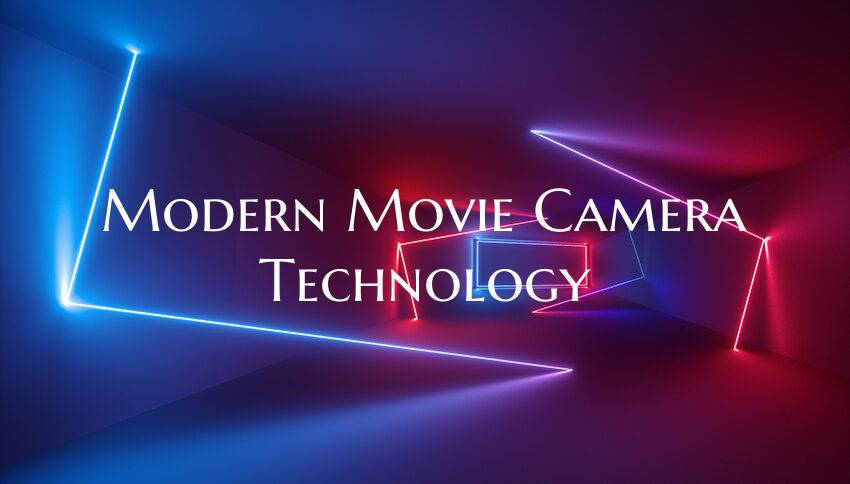Modern Movie Camera Technology
In the fast-evolving world of cinematography, modern movie camera technology plays a crucial role in bringing cinematic visions to life on the big screen. From digital cameras with unprecedented resolution to cutting-edge stabilization systems, the advancements in movie camera technology have revolutionized the way films are made and the visual experiences they offer to audiences.
One of the most significant developments in recent years is the shift from traditional film cameras to digital cameras. Digital movie cameras now offer filmmakers unparalleled flexibility and efficiency in capturing high-resolution images. With digital sensors capturing images directly onto storage media, filmmakers can review footage instantly, make adjustments on the fly, and save significant time and resources in post-production.
Furthermore, advancements in sensor technology have led to digital movie cameras capable of capturing stunningly detailed images in various lighting conditions. High dynamic range (HDR) sensors produce images with greater contrast and color depth, enhancing the overall visual quality of films. Additionally, advancements in low-light performance have enabled filmmakers to shoot in challenging lighting situations without sacrificing image clarity.
Another key aspect of modern movie camera technology is the development of advanced stabilization systems. From mechanical gimbals to electronic stabilizers, these systems help filmmakers achieve smooth, steady shots even in dynamic and unpredictable environments. By minimizing camera shake and unwanted motion, stabilization technology contributes to the creation of visually captivating and immersive cinematic experiences.
Moreover, the integration of real-time data processing and remote control capabilities in modern movie cameras has revolutionized the way directors and cinematographers approach filming. With wireless connectivity and advanced control interfaces, filmmakers can now capture shots from unique perspectives and angles, providing creative freedom and expanding the possibilities of visual storytelling.
In conclusion, modern movie camera technology continues to push the boundaries of creativity and innovation in the world of filmmaking. With advancements in digital sensors, stabilization systems, and remote control capabilities, filmmakers are empowered to capture visually stunning images and deliver immersive cinematic experiences that captivate audiences worldwide. As technology continues to evolve, the future holds endless possibilities for filmmakers to explore and revolutionize the art of storytelling through the lens of modern movie cameras.

